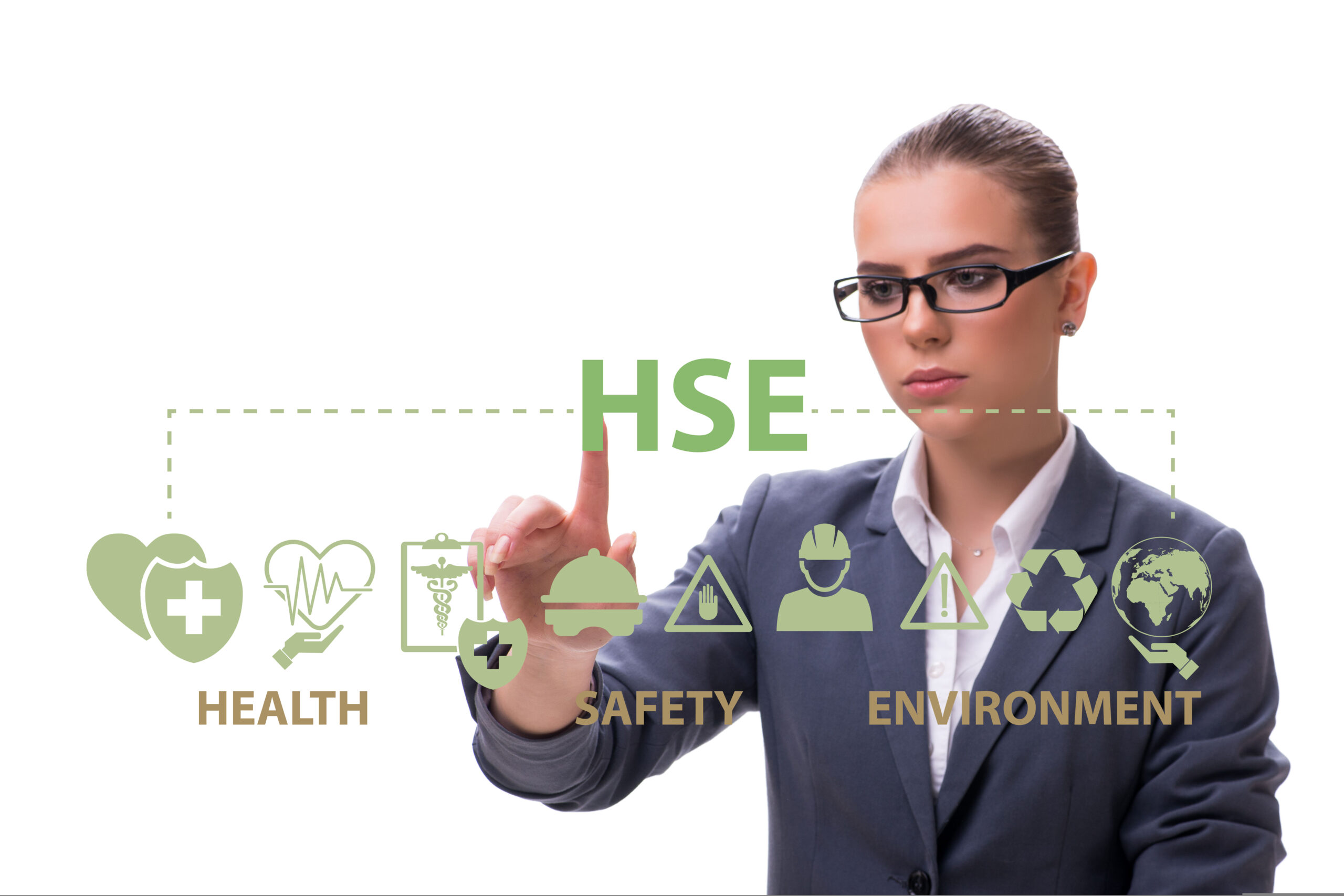Continuing the overview of how EHS management software can assist organizations in handling the 5 main components of a radiation safety program with advanced radioisotope tracking functionality, this article will look specifically at radioactive waste disposition. After the initial package receipt, once materials have been successfully entered into a radiation software system, users have complete radioactive inventory control and can easily manage the activities that occur with use. They can observe the decay rates of radioisotopes, break compounds into smaller pieces (subvialing), transfer ownership of material (in case employees leave the organization or transfer to a different project), and record them being put into waste containers. These activities will all still be subjected to the applicable license and permit limits. Automated notifications can be delivered to appropriate personnel when radioisotope levels are approaching their limit (even in waste containers). This is essential, as even the disposition of radioisotopes, whether that occurs through transferring them to a different facility with the same permit or handling them as waste, must comply with regulatory requirements.
STORING AND DISPOSING OF RADIOACTIVE WASTE
EHS management software can support standard waste streams and types (accentuation vials, sharps containers, etc.) to match operations. When radiation safety software integrates with waste pickup services, users can utilize the configurable workflow settings to create a supplies and waste pickup request within the system or add details about the location (storage room numbers), confirmation processes, and radioactive housekeeping procedures. No login links can also be created and sent to allow individuals who are not registered software users to submit waste disposal requests.
EHS management software with radioisotope tracking functionality helps users keep track of both current activity and the activity of disposal and reinforce ALARA. For example, if there is a radioisotope that needs to be held in the facility for 10 half-lives and then surveyed before it can be put in biowaste because it is no longer radioactive, a notice for the appropriate means of disposing of that compound and a mandatory electronic signature confirming understanding of this process can be added to its profile to promote accountability. This notification can be set to automatically appear based on the status of decay, flagging users with ownership of the radioisotope to remind them of the exact time when that compound can be put into waste, so they can plan accordingly. The following are other default notifications that may be triggered by disposal activities when using radiation safety software:
- Canceled/rejected waste pickup requests.
- Order submissions that would exceed permit limits.
- Disposal forms with a list of waste container contents.
- Links to delivery confirmation forms.
Disposal forms within waste management software can have different presets for the required fields, to simplify the process of filling out the form. For example, common radioactive waste disposal methods could include:
- Shipped to Customer
- Drain Disposal
- Decayed/ Disposed as Regulated Medical Waste
- Exempt Liquid Scintillation Vial
- Returned to Manufacturer
- Shipped as Radioactive Waste
- Shipped as Decayed Waste
These various methods could be built into a dropdown menu for users to select from when recording waste.
With comprehensive software, it can be possible to nest data for waste containers together within the system. This is helpful to organizations that store waste in bulk while waiting for full decay. Users can still view the overall activity and how many radioisotopes are being stored together. For example, a laboratory could have 10 containers of dry waste in one drum. The data for that drum would show the different radioisotopes and the amount in each container. Users can also print barcode labels for waste containers that detail all the contents within the container.
As when radioactive materials are received, different surveys or tests (e.g., background reading, surface reading, wipe test) may be needed when they are disposed of. Any of this documentation, necessary shipping paperwork, survey results, waste manifests, or other notations (e.g., marking “drain disposal” for reporting purposes) can be attached to the radioisotope’s system profiles. When the disposal has been finalized, the inventory will update, and the radioisotope will no longer count against the organization’s limits/permits. To simplify inventory records, when the update occurs, the disposed radioisotopes are marked as “out of stock” and archived, removing their profiles from the log of active materials. However, the information for this transaction and all other historical data for the material is still available within the database.
The handling, use, and disposal of radioactive materials have many variables that must be handled with the utmost attention to detail. The activity of radioisotopes, even while being stored as waste, will affect a facility’s radiation limit, and must be accounted for. Introducing an EHS software that allows users to automatically track radioisotopes’ statuses will greatly aid organizations in staying on top of waste management processes and overall radiation safety compliance.
Publisher Bio
The SafetyStratus Research Advisory Group (RAG) brings together thought leaders from the global environmental, health, and safety community to promote best practices and provide key insights in the profession and the industries they serve. The Research Advisory Group also advocates, where practical, the intersection of and advances with the use of technology, such as the SafetyStratus enterprise EHS software platform. Group membership consists of representatives from across varied disciplines and market sectors as well as select members of the SafetyStratus team.
The primary objectives of the SafetyStratus RAG partnership are to:
- Build a strategic partnership between EHS practitioners and the SafetyStratus team.
- Provide engaging and practical content to the global EHS community.
- Provide discipline and market feedback specific to SafetyStratus products and services.
While the objectives of the RAG are varied, the primary public-facing outcome will be available through engaging and practical content found on the SafetyStratus resource pages. Various articles, papers, and other valuable resources will be produced and shared as part of an ongoing effort to cultivate a robust community. Ultimately, the SafetyStratus RAG will expand to have a broader reach and provide opportunities for more inclusion by all interested EHS professionals in a collaborative community environment.


